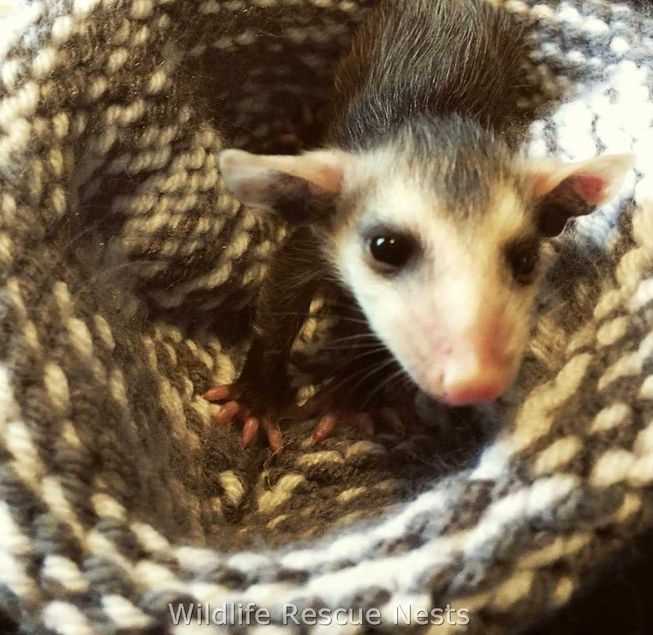
As the world continues to face various environmental challenges, the importance of protecting wildlife has become more significant than ever before. One way individuals can contribute to this effort is by knitting nests for injured and orphaned animals. These nests not only provide a safe and warm space for these creatures to recover, but they also give them a sense of security and comfort during a difficult time.
There are numerous knitting patterns available for wildlife rescue nests, each designed to accommodate different species and their specific needs. Whether it be nests for baby birds, squirrel nests, or even kangaroo pouches, these patterns allow knitters to contribute to the well-being of wildlife in a meaningful and practical way.
Knitting nests for wildlife rescue operations is a rewarding and fulfilling endeavor. By using one’s knitting skills, individuals can make a tangible difference in the lives of injured and orphaned animals. With the increasing demand for these nests, more and more knitting patterns are emerging, allowing knitters to choose the ones that best suit their preferences and the animals they aim to help.
Importance of Wildlife Rescue Nests
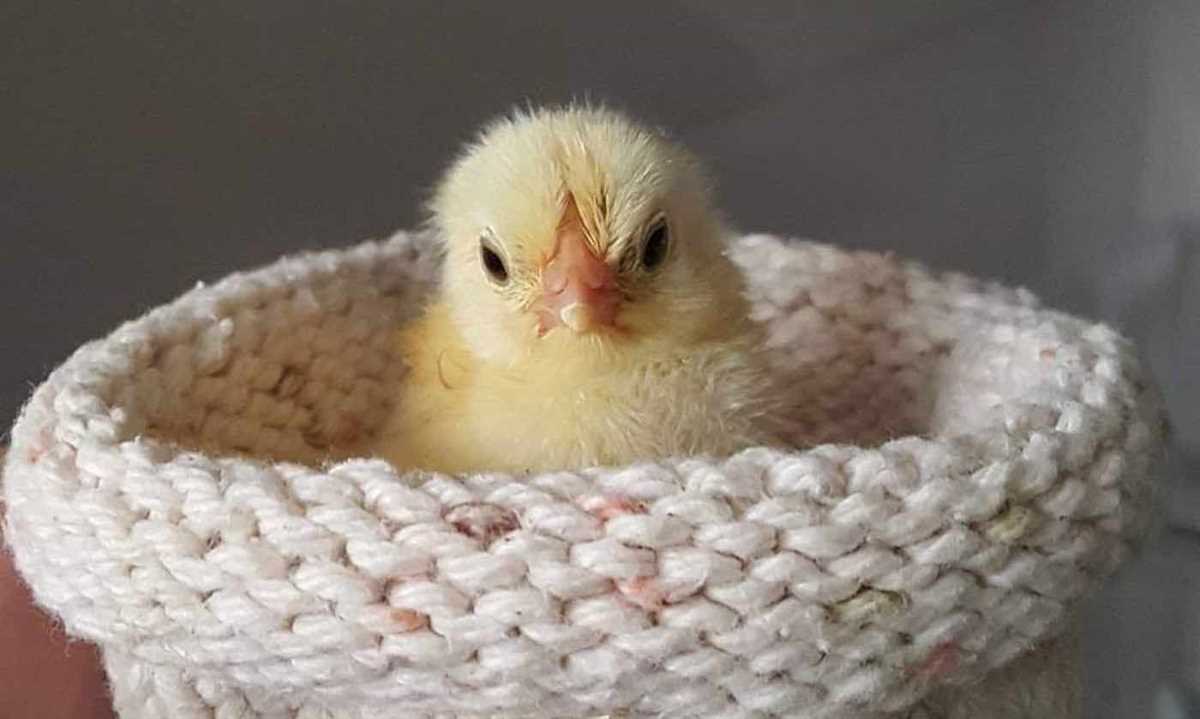
Wildlife rescue nests play a crucial role in providing shelter and protection for orphaned or injured animals. These nests are designed to mimic the natural environment of these animals, offering a safe and comfortable space for them to recover and grow. Knitting patterns for these nests are specifically created to meet the unique needs of different species, ensuring that they provide the right amount of warmth and security.
1. Rehabilitation: Wildlife rescue nests provide a temporary home for animals that are undergoing rehabilitation. Whether it is a baby bird, squirrel, or hedgehog, these nests offer a nurturing environment where these animals can regain their strength and learn essential survival skills before being released back into the wild.
2. Protection: In the absence of their natural habitat, wildlife rescue nests offer protection from harsh weather conditions and predators. They provide a cozy hideaway where animals can feel safe, reducing their stress levels and enabling them to focus on healing and recovering from their injuries.
3. Impact: By providing wildlife rescue nests, we are actively contributing to the conservation of these species. These nests not only help in saving individual animals but also contribute to the overall population growth and preservation of various wildlife communities. They play a vital role in maintaining the delicate balance of ecosystems and ensure the existence of these species for future generations.
4. Education and Awareness: Wildlife rescue nests also serve as an educational tool to raise awareness about the importance of wildlife conservation. By knitting these nests, individuals become more engaged and connected with nature. They learn about the diverse needs of different species and the challenges they face due to habitat loss and other human-induced factors.
By supporting the creation and distribution of wildlife rescue nests, we can make a significant impact on the lives of countless animals in need. These nests not only provide comfort and safety but also offer a second chance for injured or orphaned wildlife to thrive once again in their natural habitats.
Knitting Patterns for Wildlife Rescue Nests
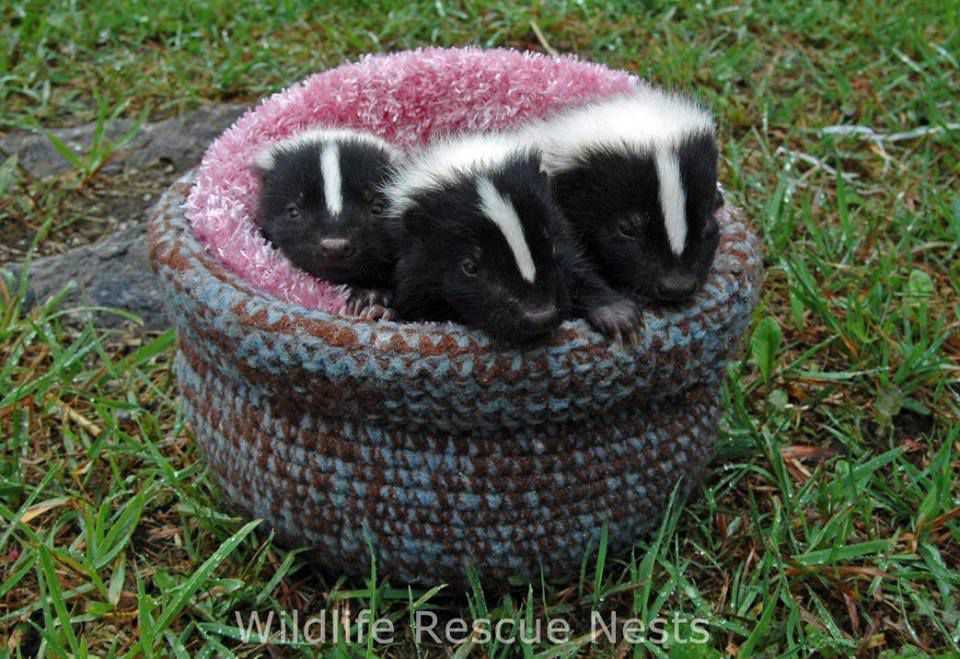
Wildlife rescue organizations often rely on the help of dedicated volunteers to provide safe and cozy nests for injured or orphaned animals. Knitting patterns for wildlife rescue nests have become increasingly popular among crafters who want to contribute to the well-being of wildlife in need. These nests, also known as “snuggle sacks” or “pouches,” are handmade with love and care, providing a warm and secure environment for the animals during their recovery.
Knitting patterns for wildlife rescue nests come in various designs, sizes, and materials, allowing knitters to customize their creations to meet the specific needs of different animals. Whether it’s a nest for baby birds, orphaned squirrels, or even rescued hedgehogs, there is a knitting pattern available for almost every wildlife species. Some patterns feature intricate stitch designs, while others are simple and quick to knit. The versatility of these patterns ensures that crafters of all skill levels can participate in this meaningful endeavor.
To create a wildlife rescue nest, knitters typically use soft and washable materials, such as acrylic or cotton yarn, to ensure the nests are hygienic and easy to clean. The nests are often knitted in the round to provide a seamless and smooth interior for the animals. They may have a drawstring or button closure to secure the nest, allowing easy access for wildlife caregivers to check on the animal’s condition and provide care if needed.
Benefits of knitting wildlife rescue nests
- Warmth and comfort: Knitted nests provide a cozy and warm environment for injured or orphaned animals, helping them feel safe and secure during their recovery.
- Hygiene and easy cleaning: Using washable materials ensures that the nests can be easily cleaned and maintained, promoting good hygiene for the animals.
- Customizability: Knitting patterns allow crafters to create nests of various sizes and designs to cater to the specific needs of different wildlife species.
- Engagement and contribution: Knitting nests for wildlife rescue organizations allows crafters to actively contribute to the well-being of animals in need, making a difference in their lives.
- Therapeutic and mindful crafting: The repetitive and soothing nature of knitting can provide a sense of relaxation and fulfillment, benefiting the mental well-being of the crafters.
In summary, knitting patterns for wildlife rescue nests offer a unique opportunity for crafters to combine their passion for knitting with their love for animals. By creating these nests, they provide a valuable resource for wildlife rescue organizations, helping injured or orphaned animals on their journey to recovery.
Understanding the Requirements
When it comes to wildlife rescue nests knitting patterns, it’s important to understand the specific requirements and needs of the animals you are trying to help. Different species have different nesting requirements, so it’s crucial to do your research and find patterns that meet those specific needs.
Size and Shape: One of the first things to consider is the size and shape of the nest. Some animals, like birds, need nests that are tall and domed, while others, like squirrels, prefer nests that are flat and open. Understanding the natural habitats and nesting preferences of the animals will help you create a suitable nest design.
Materials: The material used to knit the nests is another important consideration. It should be soft, yet sturdy enough to provide support for the animals. Natural materials like wool or cotton are often the best choice, as they are breathable and provide insulation. Avoid using synthetic materials that may cause irritation or harm to the animals.
Hygiene and Safety: Maintaining proper hygiene and safety standards is crucial when creating wildlife rescue nests. The nests should be washable and easy to clean. It’s important to use materials that are non-toxic and free from any chemicals or substances that could be harmful to the animals.
Consider the Animals’ Natural Behaviors: Take into account the natural behaviors of the animals you are creating nests for. For example, birds may need nests with openings for easy access, while other animals may prefer nests with hidden entrances for added security.
In summary, understanding the requirements of the animals you are creating wildlife rescue nests for is essential. Consider the size and shape, materials, hygiene and safety, and the animals’ natural behaviors when designing and knitting the nests. By meeting the specific needs of the animals, you can contribute to their well-being and increase their chances of survival.
Materials and Tools You’ll Need
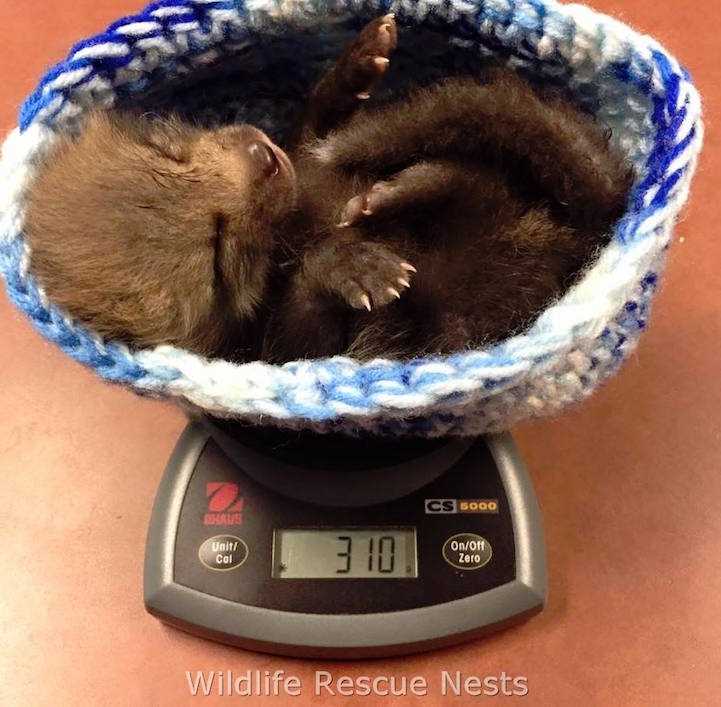
To knit wildlife rescue nests, you will need a few essential materials and tools. These items will help you create cozy and comfortable nests for orphaned or injured animals in need of warmth and security.
Materials:
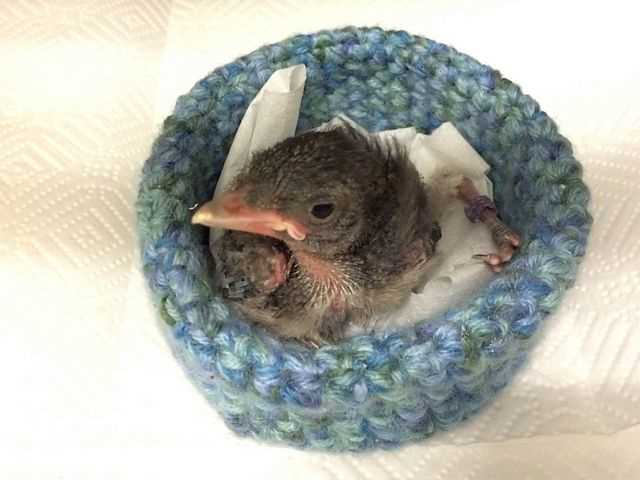
- Yarn: Choose a soft and washable yarn, preferably made of natural fibers like cotton or wool. Avoid using yarn with loose fibers that could pose a risk to the animals.
- Knitting Needles: Select the appropriate size of knitting needles for the thickness of your yarn. Typically, you will need a set of double-pointed needles or circular needles.
- Scissors: Keep a pair of scissors handy to trim the yarn and cut any loose ends.
- Measuring Tape: Use a measuring tape to ensure your nest is the correct size and meets the requirements of the rescue organization you are supporting.
Tools:
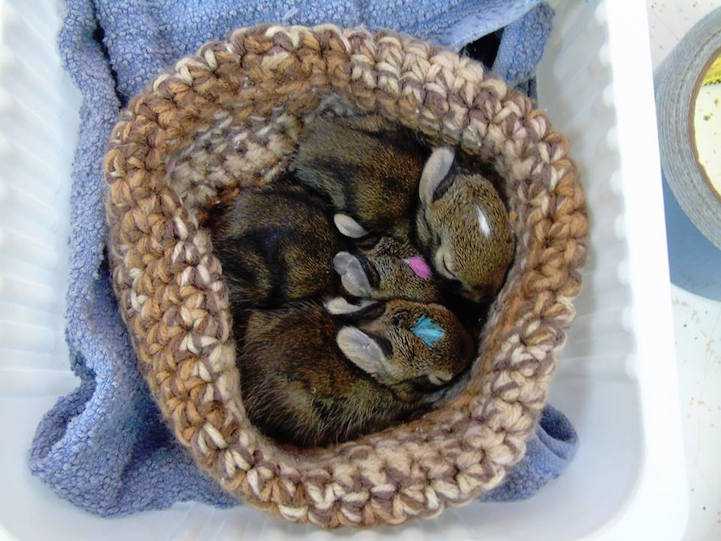
- Tapestry Needle: This needle is essential for weaving in loose ends and sewing any necessary seams.
- Stitch Markers: Use stitch markers to keep track of specific sections or pattern repeats in your knitting.
- Row Counter: A row counter will help you keep track of the number of rows you’ve knitted, ensuring your nest is the correct size.
- Yarn Bobbins: If you are using multiple colors or yarns in your nest, yarn bobbins will keep your yarns organized and prevent tangles.
Gathering these materials and tools will help you get started on your wildlife rescue nest knitting project. Remember to follow the knitting pattern provided by the rescue organization for the best results. With these supplies, you’ll be well-equipped to create warm and comforting nests for animals in need.
Basic Knitting Techniques
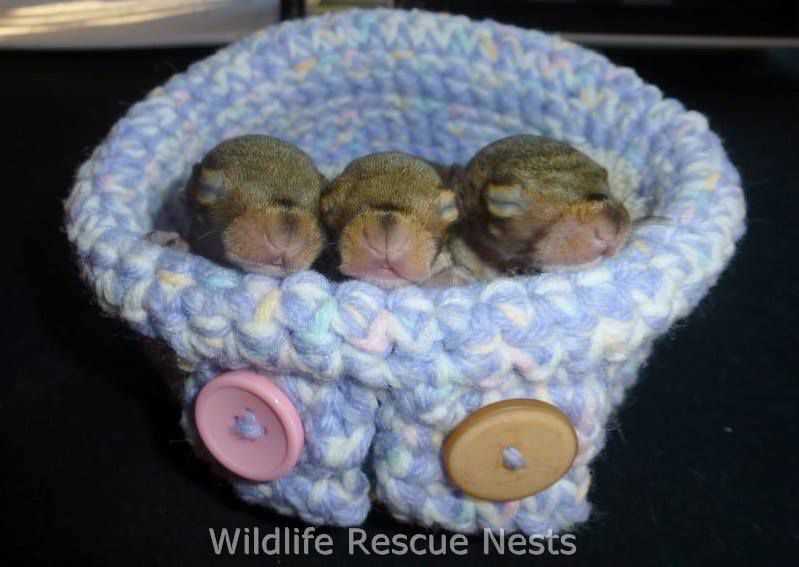
In order to create wildlife rescue nests using knitting patterns, it is important to be familiar with some basic knitting techniques. One of the first techniques to learn is the knit stitch. This is the most basic stitch and is used in almost all knitting patterns. To create the knit stitch, insert the right-hand needle into the first stitch on the left-hand needle, bring the yarn over the right-hand needle from back to front, and then pull the loop through the stitch, slipping it off the left-hand needle. Repeat this process for each stitch.
The purl stitch is another important technique to master. It is the reverse of the knit stitch and creates a different texture in the fabric. To purl, bring the yarn in front of the right-hand needle, insert the right-hand needle into the first stitch from right to left, bring the yarn over the right-hand needle from front to back, and then pull the loop through the stitch, slipping it off the left-hand needle. Repeat this process for each stitch.
When working with knitting patterns, it is also important to know how to increase and decrease stitches. Increasing stitches is typically done by knitting or purling into the front and back of a stitch, creating two new stitches out of one. Decreasing stitches, on the other hand, is often achieved by knitting or purling two stitches together, essentially combining them into one stitch. These techniques are used to shape the fabric and create the desired size and fit.
Other essential knitting techniques include casting on, binding off, and seaming. Casting on refers to adding the first stitches onto the needle and is the starting point of any knitting project. Binding off is the process of finishing a project by creating a secure edge. Seaming involves joining knitted pieces together using a yarn needle, such as when creating the wildlife rescue nests.
By mastering these basic knitting techniques, you will be well-equipped to create wildlife rescue nests and contribute to the well-being of animals in need. Whether you are new to knitting or have some experience, practicing these techniques will improve your knitting skills and allow you to create beautiful and functional items.
Nest Designs for Different Wildlife Species
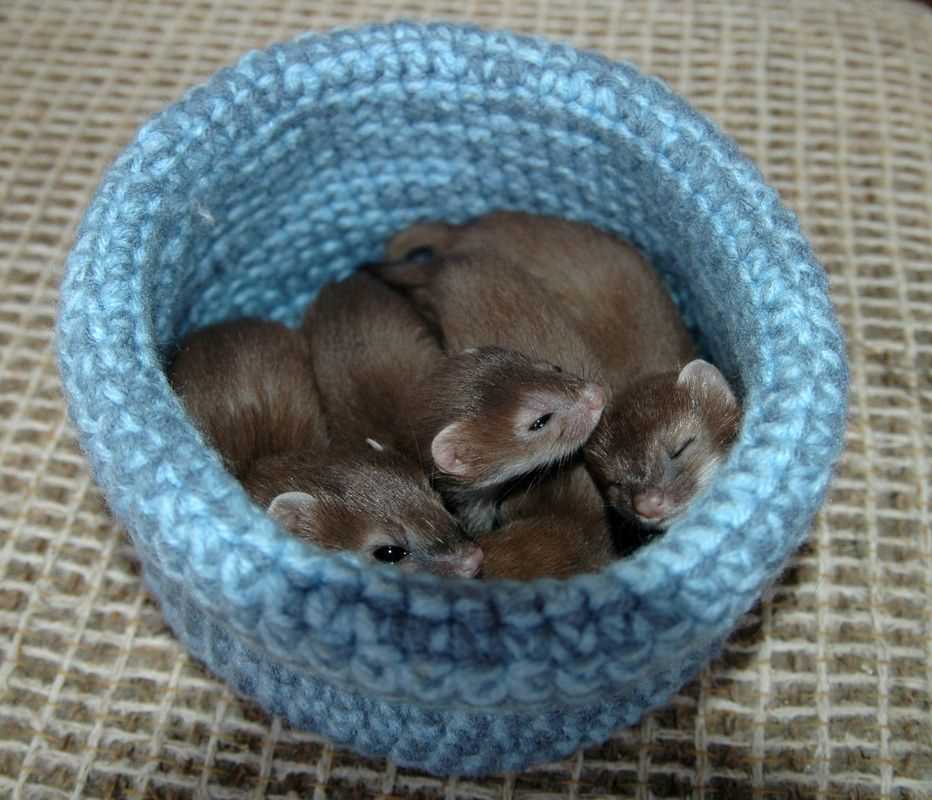
When it comes to wildlife rescue and rehabilitation, providing appropriate nests for different species is crucial for their survival and well-being. Here are some nest designs that are specifically tailored to meet the needs of various wildlife species:
1. Birds
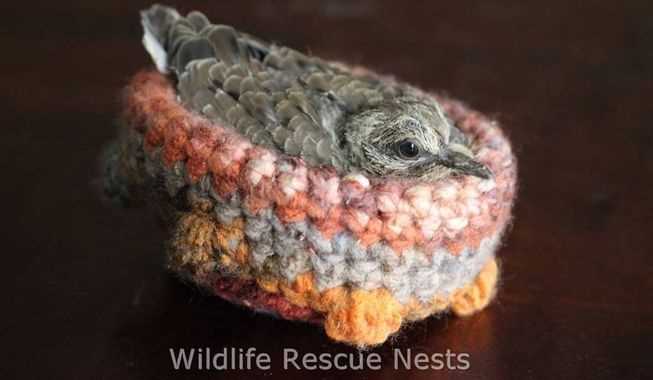
Birds require nests that are designed to keep them safe from predators and provide insulation against the elements. Knitting patterns for bird nests are often characterized by a soft, cozy material that mimics the warmth of natural nests. They typically feature a shallow cup shape with a small opening for birds to enter and exit easily. These nests are designed to be suspended from trees, posts, or other suitable structures, providing a secure and elevated spot for birds to roost and breed.
2. Squirrels
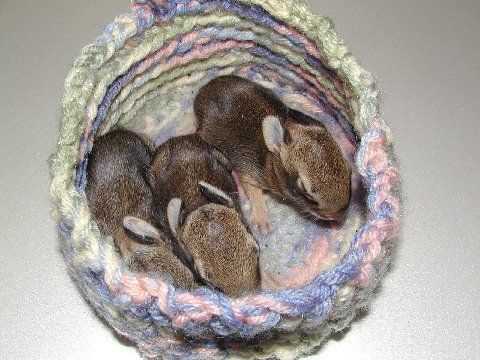
Squirrels are known for their ability to construct intricate nests called dreys. However, in cases where squirrel populations are displaced or injured, knitted nests can provide a temporary solution while they recover. Knitted squirrel nests should be durable and have a spacious design that can accommodate the squirrel’s ability to move and store food. They should also be constructed with materials that provide insulation and protection from the elements.
3. Hedgehogs
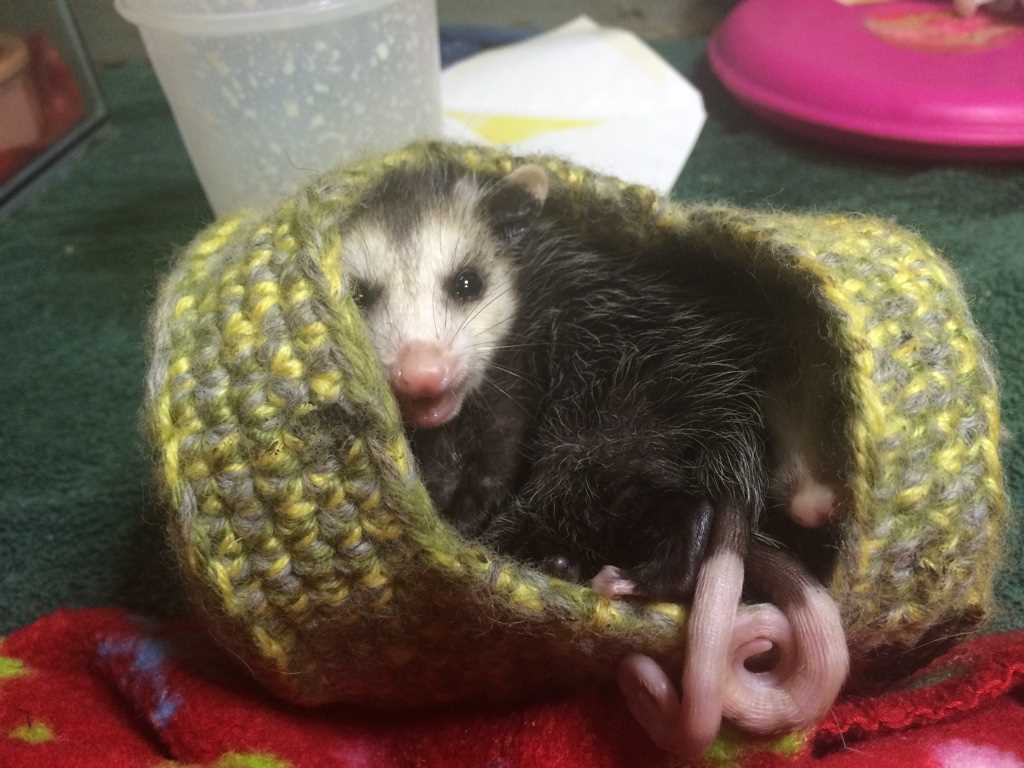
Hedgehogs are nocturnal creatures that require a safe and warm place to hibernate during the winter months. Knitted hedgehog nests should be snug and provide insulation to keep them warm during the colder seasons. These nests often have a dome-shaped design, with an entrance located on the side to prevent predators from easily accessing the hedgehog. Providing a knitted nest for a hedgehog can offer them a cozy retreat and increase their chances of survival during hibernation.
4. Bats
Bats are crucial for maintaining a balanced ecosystem, and providing appropriate habitats for them is essential. Knitted bat nests are typically designed as elongated tubes or bags that can be mounted on walls, trees, or other suitable structures. These nests should have a dark color to mimic the natural caves or crevices bats often roost in, and provide ample space for multiple individuals. The material used should be breathable and allow for air circulation to prevent the accumulation of moisture that could lead to health issues for the bats.
By understanding the specific needs of different wildlife species, knitted nests can play a vital role in their rescue and rehabilitation. These specialized designs ensure that the nests provide safety, warmth, and a conducive environment for the recovery and eventual release of wildlife back into their natural habitats.
Nests for Birds
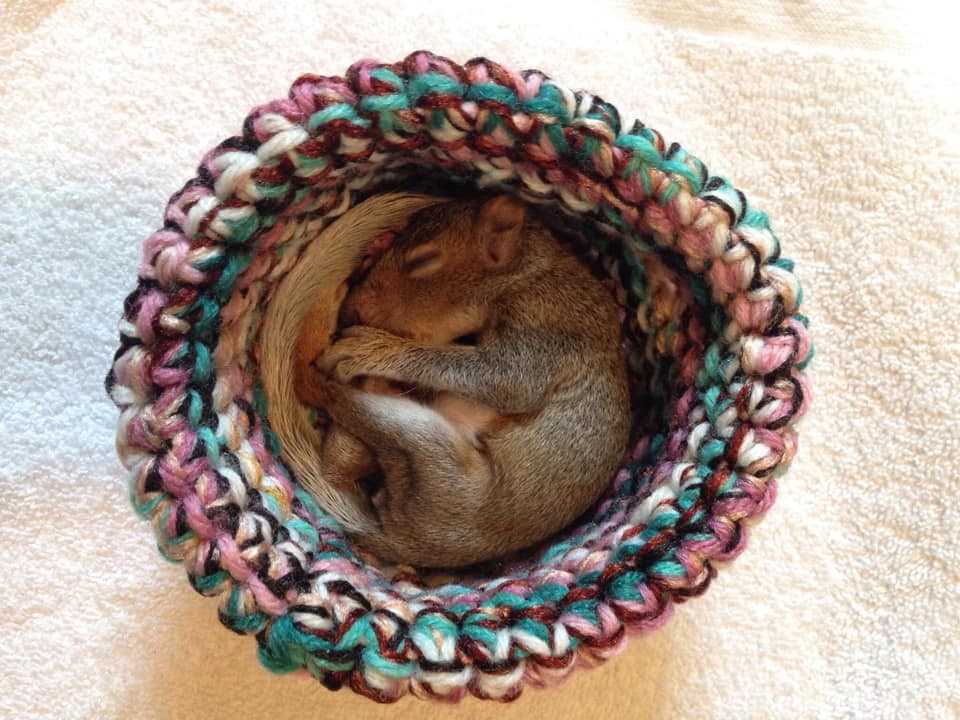
As humans, we have a responsibility to protect and care for wildlife, including birds. One way we can help is by creating nests for birds. By providing them with a safe and comfortable place to build their nests, we can support their breeding and nesting activities.
Types of Nests: Birds build different types of nests depending on their species and habitat. Some birds, like the Robin, build open cup nests made of grass, leaves, and small twigs. Others, like the Woodpecker, excavate cavities in trees to create their nests. Some birds prefer to build their nests in the branches of trees, while others choose cliffs or even the ground.
Materials: When creating nests for birds, it’s important to use natural materials that can be easily found in their environment. This can include twigs, leaves, grass, feathers, and even moss. These materials provide insulation, protection from elements, and camouflage for the nest.
Location: Placing nests in the right location is essential. It should be hidden from predators, sheltered from harsh weather conditions, and provide easy access for the birds. Trees and shrubs are often preferred locations for bird nests, as they offer protection and support for the structure.
Maintenance: Once the nests are in place, it’s important to regularly check and maintain them. This includes removing any debris or parasites that may have accumulated, as well as repairing any damage caused by storms or predators. By doing so, we can ensure that the nests remain safe and comfortable for birds.
Conclusion: Creating nests for birds is an excellent way to contribute to the conservation of wildlife. By providing them with suitable nesting sites, we can help them thrive and reproduce. Whether you knit nests for rescue centers or build natural nests in your backyard, your efforts will have a positive impact on the bird population.
Nests for Small Mammals
Small mammals, such as mice, squirrels, and rabbits, often find themselves in need of shelter and warmth when they are injured or orphaned. Wildlife rescue organizations and volunteers play a crucial role in providing these animals with the care they need to survive and thrive. One important aspect of this care is the provision of nests, which serve as cozy and secure homes for these small creatures.
When knitting nests for small mammals, it is important to use suitable materials and follow specific patterns. Soft and warm yarns, such as wool or acrylic blends, are recommended to provide insulation and comfort. The size of the nest should be appropriate for the intended mammal, ensuring enough space for them to move around comfortably. Knitting patterns for nests often include instructions for creating an entrance and shaping the nest to mimic the natural hiding spots these animals seek in the wild.
Knitting Pattern for a Mouse Nest
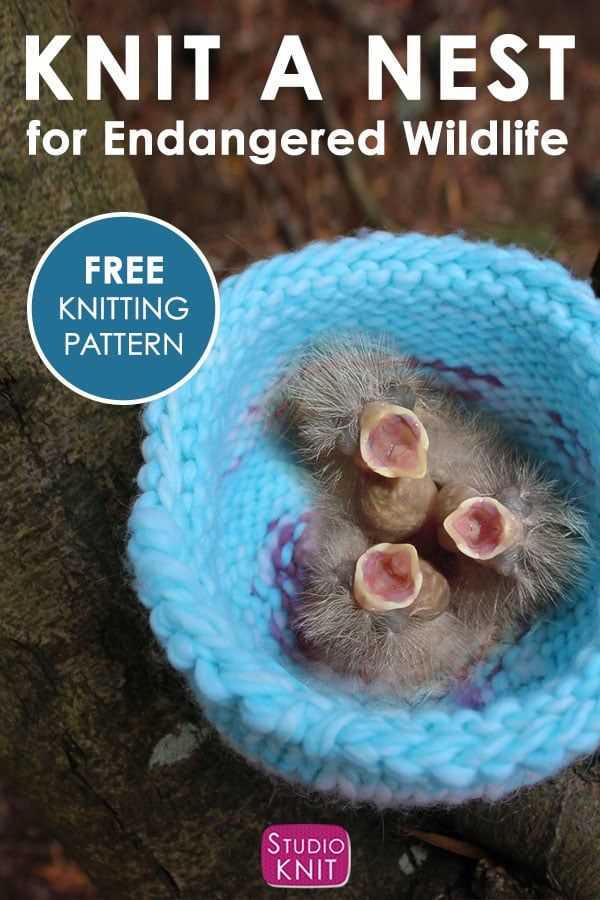
Materials needed:
- Size 4 knitting needles
- DK weight yarn in desired colors
- Yarn needle
Instructions:
- Cast on 40 stitches.
- Knit in garter stitch for 5 inches.
- Begin shaping the nest by decreasing 2 stitches at the beginning and end of each row for the next 10 rows.
- Knit in stockinette stitch for 5 inches.
- Repeat step 3 to shape the opposite side of the nest.
- Knit in garter stitch for 5 inches.
- Bind off stitches and weave in any loose ends.
Remember, nests made with love and care can provide small mammals with a comfortable and safe space to recover. By knitting these nests, you are helping to support the valuable work of wildlife rescue organizations and making a difference in the lives of these vulnerable creatures.
Nests for Reptiles and Amphibians
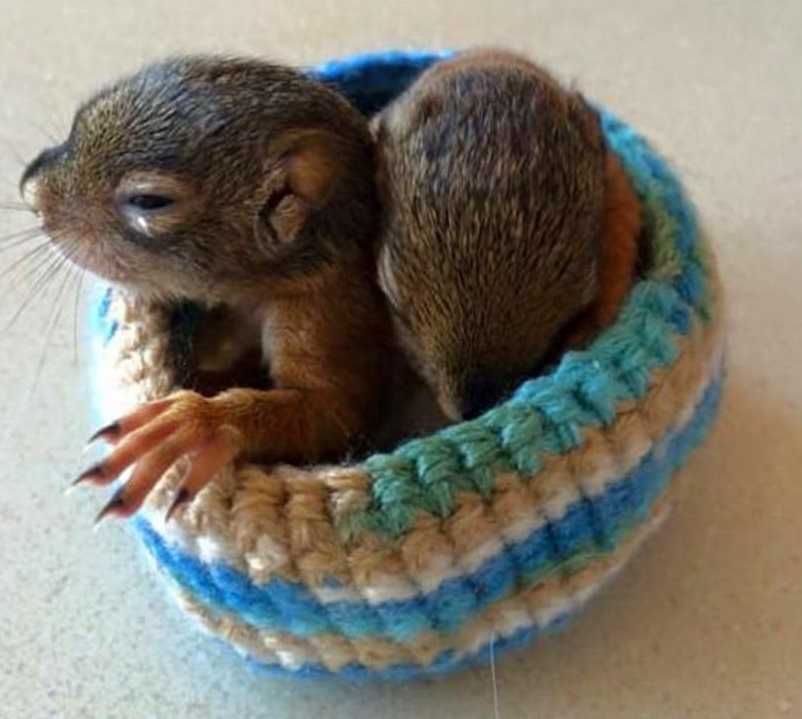
Creating nests for reptiles and amphibians can be a great way to provide them with a safe and cozy environment. These animals often rely on specific conditions for nesting, and providing them with suitable habitats can help support their populations and promote conservation efforts.
When designing nests for reptiles and amphibians, it’s important to consider their specific needs and preferences. Some reptiles, such as turtles and snakes, prefer nesting in areas with loose soil or sand. Creating a nesting site with a soft substrate can provide them with a comfortable place to lay their eggs. It’s also important to ensure the depth and size of the nest is suitable for the species you are targeting.
Amphibians, on the other hand, often rely on wet and damp environments for nesting. Creating nesting sites near ponds, streams, or wetlands can attract various amphibian species. These habitats should have moist soil and vegetation to provide suitable hiding places and protection for the eggs and larvae.
Here are some tips for creating nests for reptiles and amphibians:
- Research the specific needs and preferences of the species you want to support.
- Choose appropriate materials for the nest, such as sand, soil, rocks, or vegetation.
- Ensure the nest is well-hidden and protected from predators.
- Monitor and maintain the nest regularly to ensure it remains suitable for nesting.
By providing suitable nests for reptiles and amphibians, you can contribute to their conservation and help protect their populations. Remember to always consider the specific needs and requirements of the species you are targeting, and consult with local wildlife experts for guidance on creating the best habitats for these animals.
Nests for Insects and Butterflies
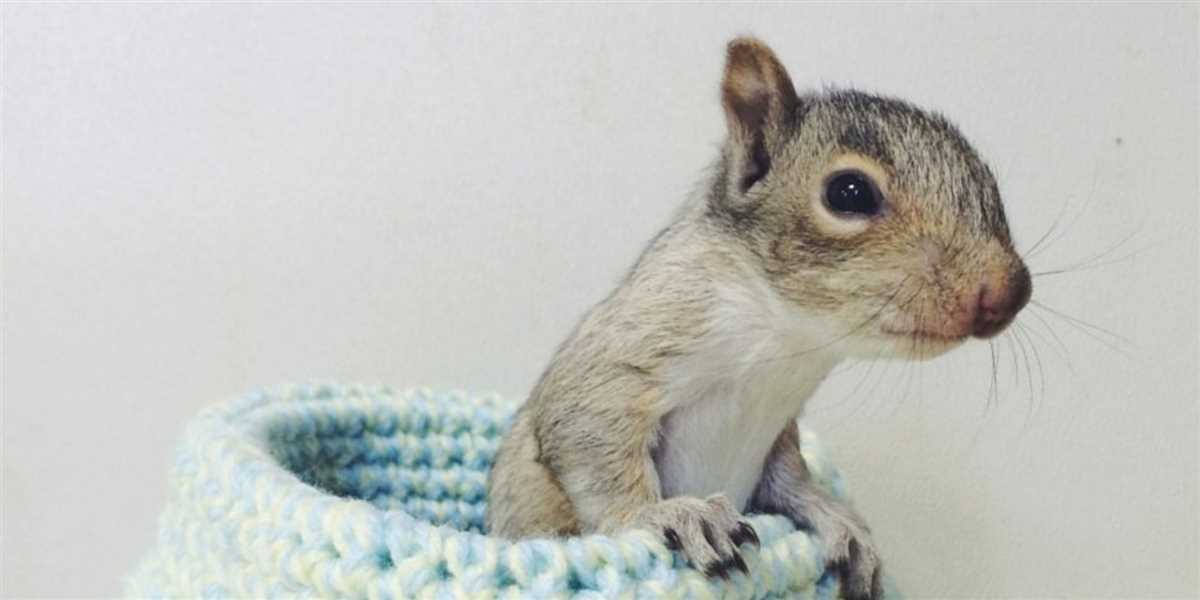
Insects and butterflies are an important part of the ecosystem, playing vital roles in pollination and pest control. Creating nests for these creatures can provide them with a safe and cozy habitat, while also helping to maintain a healthy balance in the environment.
One type of nest that is beneficial for insects is the “bee hotel”. These small structures typically consist of drilled holes or hollow tubes, where bees can lay their eggs. By providing these artificial nesting sites, we can support the population of solitary bees, many of which are pollinators for our crops and wildflowers.
Another type of nest that is popular for butterflies is the butterfly house or “butterfly box”. These structures are designed to provide a sheltered space for butterflies to rest and roost. They often feature vertical slits or slotted panels, which allow butterflies to enter and exit easily, while keeping out predators.
- Materials: When creating nests for insects and butterflies, natural materials are the best choice. Consider using hollow stems, bamboo, or logs with drilled holes for bee hotels. For butterfly houses, untreated wood and natural fibers like twigs, leaves, and straw can provide a welcoming environment.
- Location: Proper placement of your insect and butterfly nests is key. Bee hotels should be positioned in an area that receives morning sun, and mounted securely at eye level or slightly higher. Butterfly houses should be placed in a sheltered spot near nectar-rich plants, where butterflies are likely to visit.
- Maintenance: Regular maintenance is important to ensure the effectiveness of the nests. Clean out bee hotels annually, removing any pests or debris. Butterfly houses may need occasional repairs or freshening up to keep them in good condition.
By creating and maintaining nests for insects and butterflies, we can contribute to their conservation and help preserve these important species for future generations to enjoy.
Tips for Creating Wildlife-Friendly Nests
Creating a wildlife-friendly nest is a wonderful way to support and protect local wildlife. Whether you are knitting a nest for birds or other animals, these tips will ensure that your creation is safe and effective.
1. Use Natural and Safe Materials
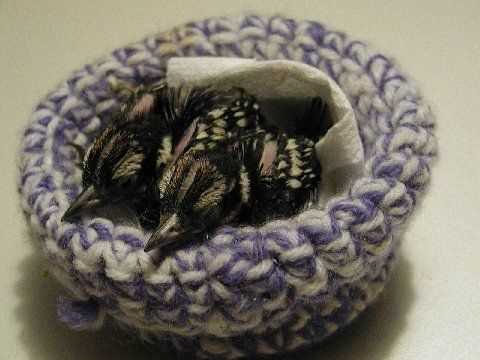
When knitting a nest, it is important to use natural and safe materials. Avoid synthetic fibers and opt for natural fibers like cotton, wool, or bamboo. Ensure that the materials you use are free from chemicals and toxins that could harm the animals.
2. Design for Functionality
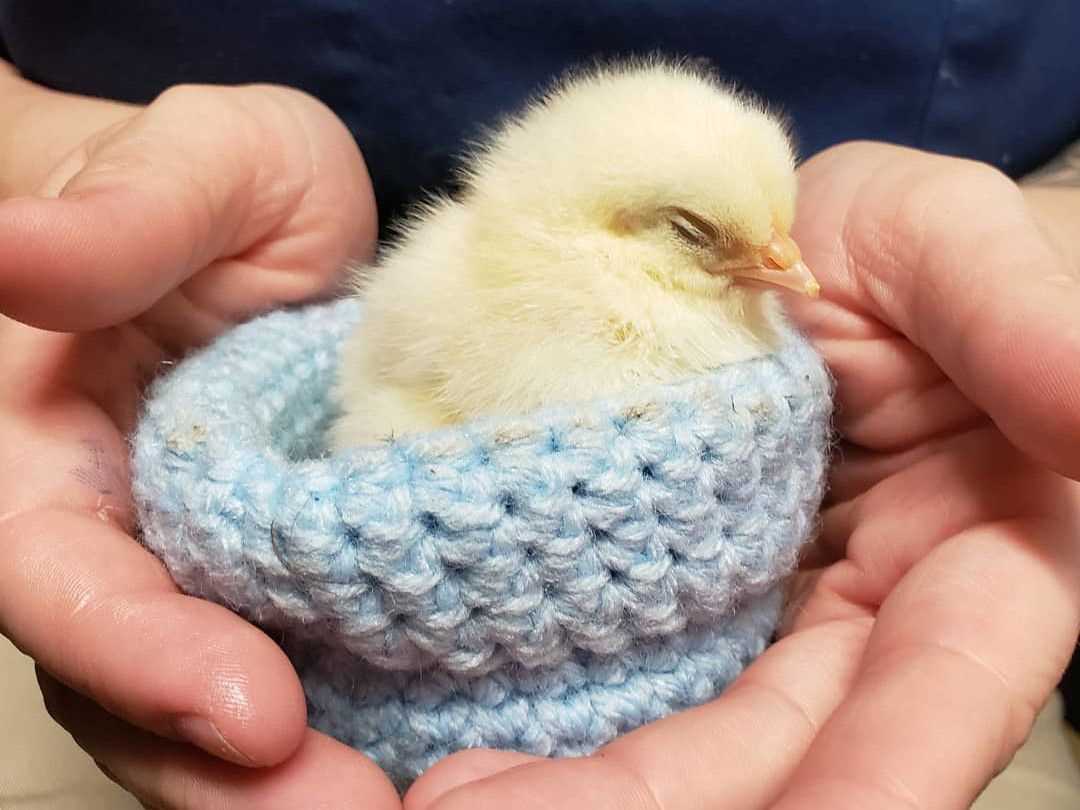
Consider the specific needs of the wildlife you are creating the nest for. Different animals require different designs and sizes of nests. Research the requirements of the species you are targeting and design the nest accordingly. Provide enough room for the animal to move around comfortably and ensure that the nest has appropriate ventilation.
3. Focus on Safety
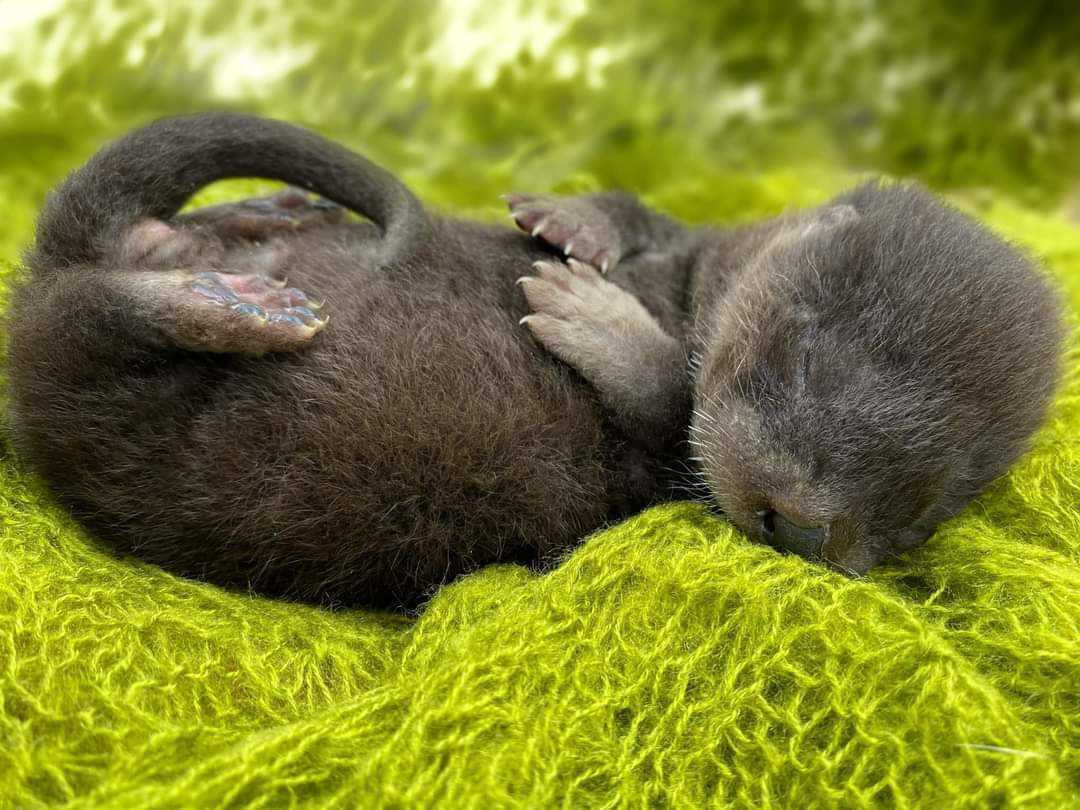
Safety should be a top priority when creating a wildlife-friendly nest. Avoid using materials that could potentially entangle or harm the animals. Make sure that the nest is sturdy and secure, so it won’t collapse or harm the animals inside. It’s also important to place it in a safe and secluded location to protect the animals from predators.
4. Regularly Clean and Maintain the Nests
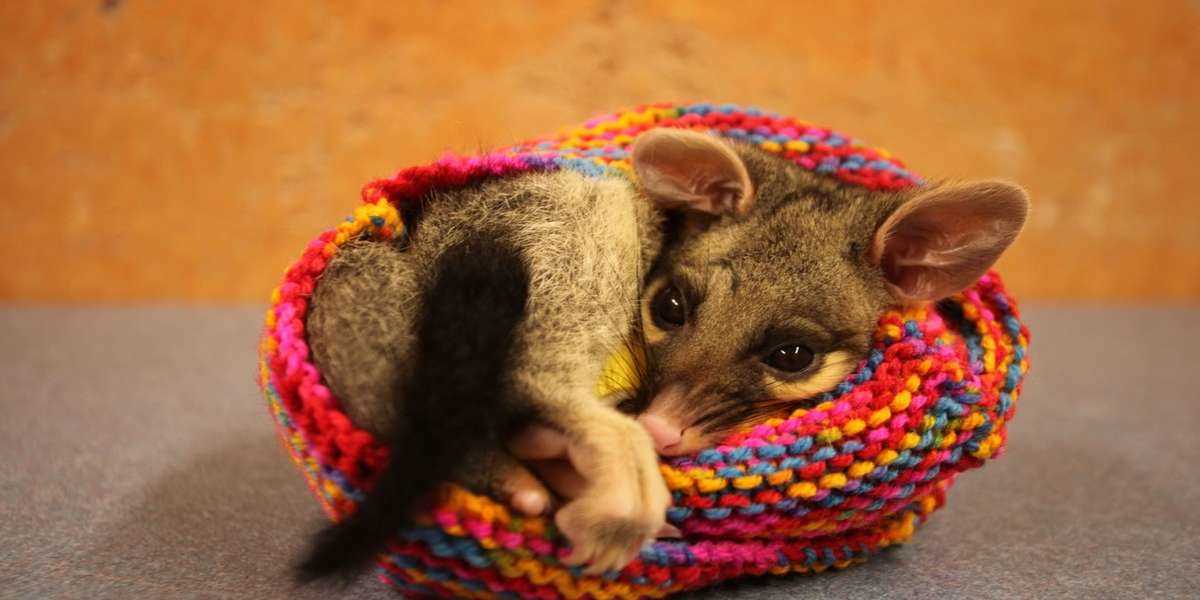
Regularly cleaning and maintaining the nests is crucial for the health and well-being of the wildlife. Remove any debris or waste that may accumulate in the nest, as it can attract pests and cause diseases. Inspect the nest regularly for any signs of damage and make the necessary repairs or replacements.
5. Collaborate with Local Wildlife Organizations
Collaborating with local wildlife organizations can provide valuable guidance and support. These organizations have expertise in wildlife conservation and can offer advice on the best practices for creating wildlife-friendly nests. They may also be able to connect you with other wildlife enthusiasts and provide resources for your nest-making efforts.
By following these tips, you can create wildlife-friendly nests that provide comfort and safety for the local wildlife. Your efforts will contribute to the conservation and protection of these precious creatures.